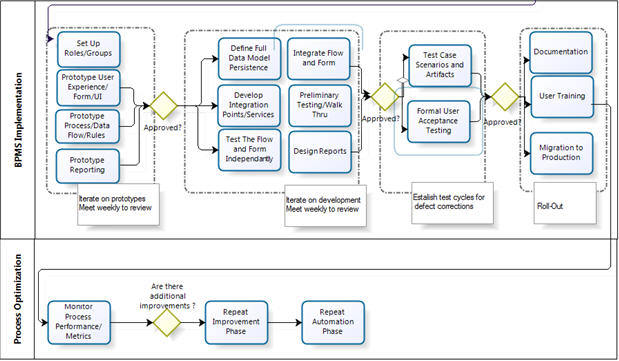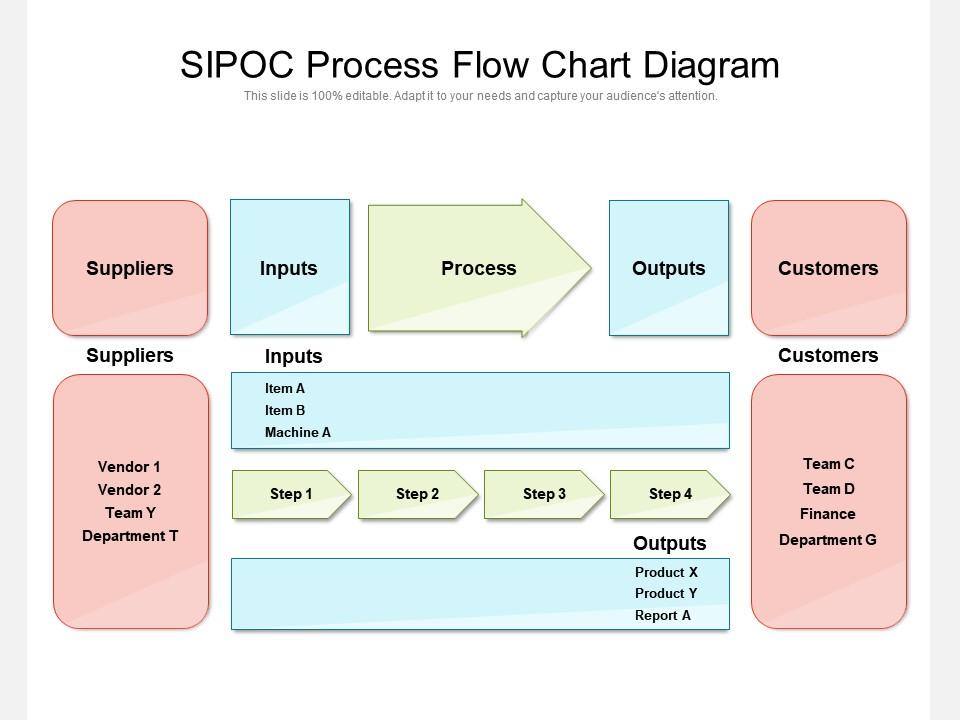
RADs are easy to read and understand, and often provide a different perspective on a process, which helps support communication.

These can often be functions within the business, systems in IT, or customer and supplier roles. Role activity diagrams (RADs) are used to map out the intangible roles or ideas of behaviour that are desired within the company. This represents data stores, and include electronic stores like databases or XML files, as well as physical stores, such as or filing cabinets or stacks of paper These show the flow of data, either as electronic data or physical items These represent processes that receive data as input, interact with it, and then produce an output These show external entities, which are either the source of data, or the destination DFD symbols vary slightly, but are mostly based on the same principles: Data flow diagramsĭata flow diagrams (DFDs) show how data enters a system from external sources, how data moves internally within the system, and how the data is stored. Flow charts use basic shapes and arrows to define relationships, such as processes, decisions, or data. This is a graphic representation of something that is manufactured or produced, which gives people involved in the project or process a single reference point. UML was initially developed by software developers, but has been successfully used in business process modelling, with a more object-oriented approach to its 14 UML diagram types. Unified modelling language (UML) is a more modern approach to modelling and documenting processes. These group related elements in the diagram

Allows you to identify tasks that are redundant and remove them.


Business process modelling allows you to map out all of these steps into a visual representation, so that you can better understand, analyse, and improve the workflow or process.įundamentally, business process modelling involves identifying, defining, and representing a process in its entirety, in order to aid communication of that process.
#Business process modeling software sipocr series
However, the reality is that it can only achieve its purpose by your team working together to complete a series of tasks in succession, in order to produce a final result. When it comes to describing what your business does, you could probably sum it up in a matter of sentences. What are you not doing that you don’t know you should be doing?.What are you not doing that you know you should be doing?.What are you currently doing that can be improved?.What are you currently doing that is not needed?.In his white paper ‘10 Perilous misconceptions of censuring current state mapping & analysis’, James Proctor debunks a number of misconceptions about business process modelling, such as “e already know what we do, let’s just skip to what we need to be doing going forward – so no need to map and analyze existing processes.” He explains that business process modelling should begin by answering five questions that will provide a framework to start thinking about how you do business. Business process modelling gives you the opportunity to map out all of the steps in your business process, giving you a visual reference so that you can better understand, analyse and improve workflows. However, when implemented effectively it can help optimise business process and identify any challenges in your established systems. 10 Business Process Modelling Techniques Explained, With Examplesīusiness process modelling isn’t a new concept.


 0 kommentar(er)
0 kommentar(er)
